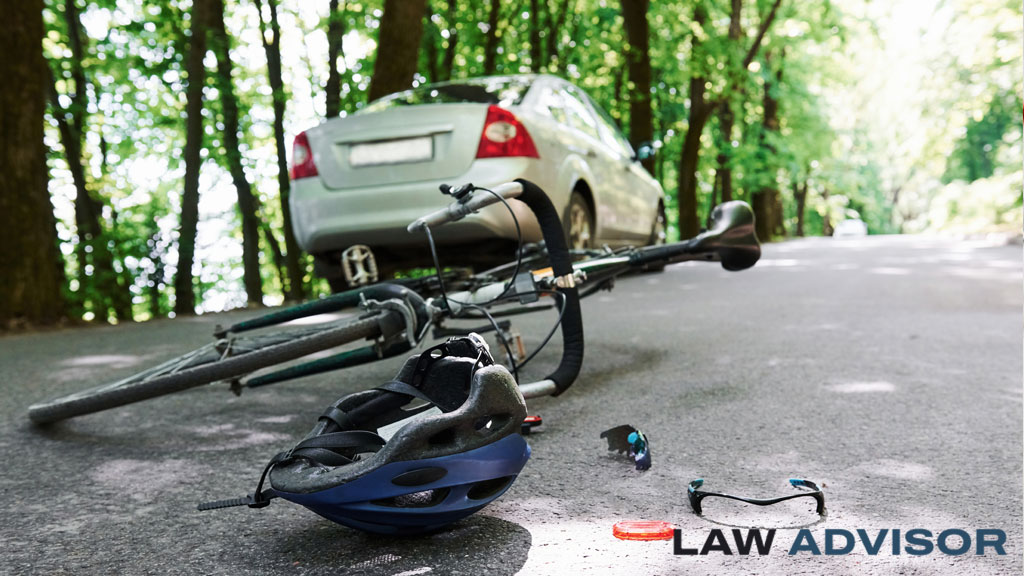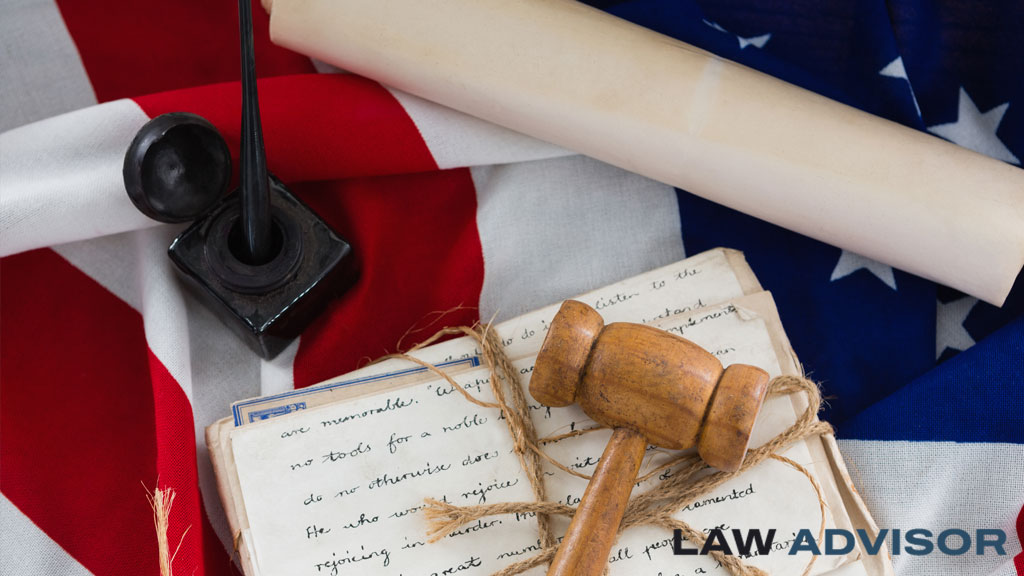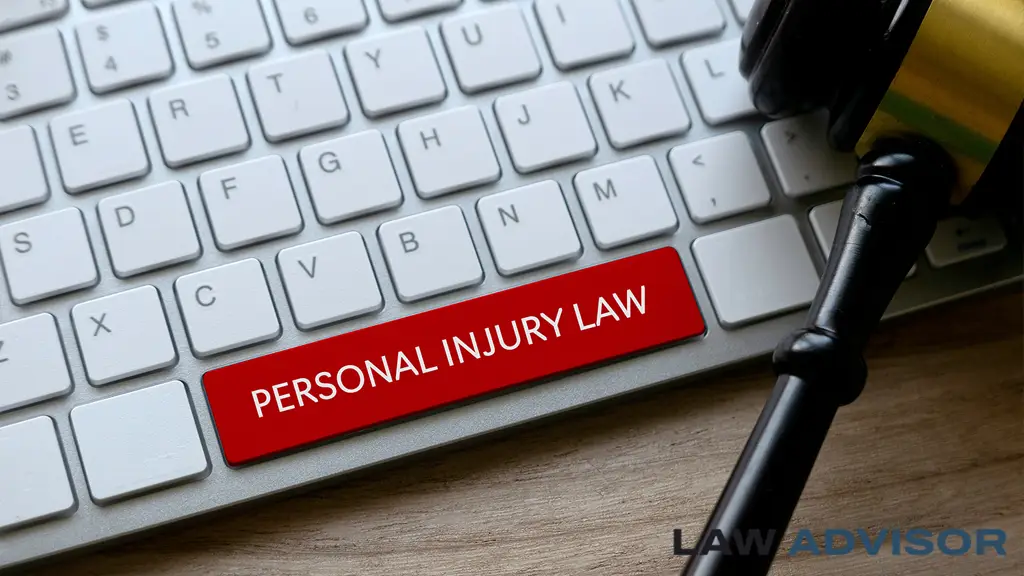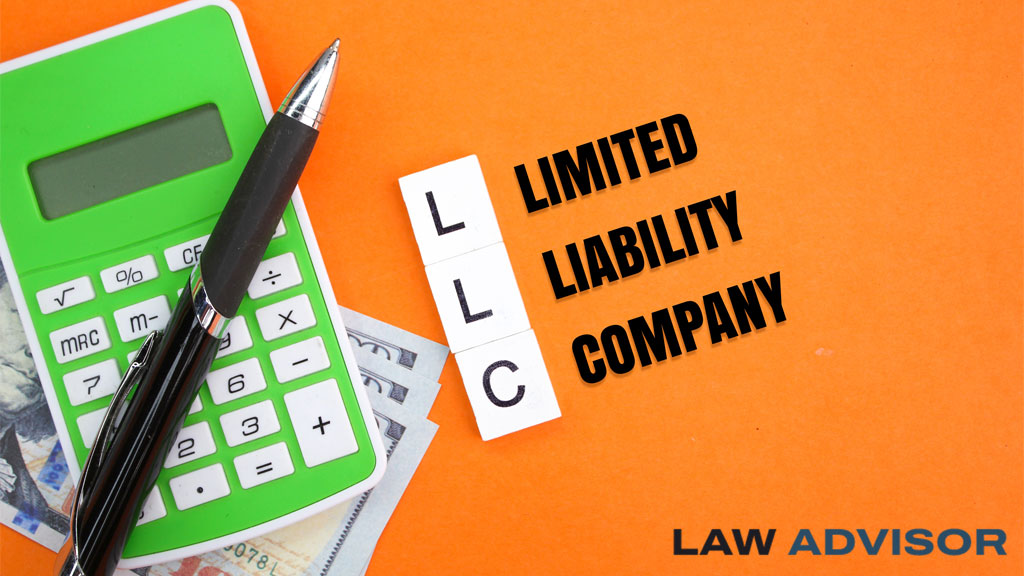If you’ve been hurt due to someone else’s negligence—whether in a car accident, slip and fall, or another type of injury—you might be considering filing a personal injury lawsuit.
But what happens next?
TV shows make it look like you’ll be in court the next day. In real life, most personal injury cases follow a structured, multi-step process—and many settle without ever going to trial.
This guide walks you through exactly what to expect from the moment you decide to pursue legal action, all the way through trial or settlement.
🧠 First Things First: What Is a Personal Injury Lawsuit?
A personal injury lawsuit is a legal dispute between a person who was injured (the plaintiff) and the individual, company, or entity believed to be responsible (the defendant).
The goal?
To recover compensation (known as damages) for medical bills, lost wages, pain and suffering, and more.
🗂️ Step-by-Step: What to Expect During a Personal Injury Lawsuit
Let’s break it down into manageable steps:
🏥 1. Seek Medical Attention & Begin Recovery
Before you even think about legal claims, get treated. Your health comes first.
- Follow all doctor recommendations
- Document your injuries and treatments
- Save all medical bills and receipts
🧠 This medical record will later serve as key evidence.
📞 2. Consult a Personal Injury Attorney
Not all cases require a lawyer—but most do.
A skilled attorney will:
- Evaluate your claim
- Handle paperwork and deadlines
- Communicate with the insurance company
- Help you avoid costly mistakes
Most personal injury lawyers work on a contingency fee basis—meaning they only get paid if you win.
📋 3. Investigation & Evidence Gathering
Once retained, your lawyer will:
- Collect medical records
- Interview witnesses
- Analyze accident reports
- Retrieve photos, videos, or surveillance
- Consult expert witnesses (like accident reconstructionists or doctors)
🧠 The stronger your evidence, the more leverage you’ll have for settlement or trial.
✉️ 4. Demand Letter & Pre-Lawsuit Negotiation
Before a lawsuit is officially filed, your attorney may send a demand letter to the defendant or their insurance company.
This outlines:
- What happened
- What injuries you suffered
- What compensation you’re seeking
At this stage, many cases settle quickly without the need to go to court.
🧾 5. Filing the Lawsuit
If no fair settlement offer is made, your lawyer will file a formal complaint in civil court.
- The defendant is served with legal papers
- They have a set time to respond
- The legal clock officially starts
🔍 6. Discovery Phase
This is the longest part of the process—and often the most technical.
Both sides exchange information and evidence through:
- Interrogatories (written questions)
- Depositions (out-of-court sworn testimony)
- Requests for documents
- Medical exams
💡 The goal is to uncover facts, test credibility, and build the strongest case possible.
🤝 7. Settlement Negotiations & Mediation
Once discovery wraps up, most attorneys revisit settlement talks.
Sometimes this involves formal mediation, where a neutral third party helps both sides reach an agreement.
✅ Pros of Settling:
- Faster
- Private
- Less emotionally draining
❌ Cons:
- Might receive less than at trial (but with less risk)
👩⚖️ 8. Going to Trial (If Needed)
If settlement fails, the case moves to trial.
This may involve:
- Opening statements
- Witness testimony and cross-examination
- Presentation of evidence
- Closing arguments
- A verdict by judge or jury
📆 Trial length varies—from a few days to several weeks.
🧾 9. Collecting Your Judgment (Or Appealing)
If you win, the defendant may:
- Pay promptly, or
- File an appeal, delaying the payment
If they refuse to pay, your lawyer may pursue:
- Wage garnishments
- Property liens
- Court-ordered collections
📉 How Long Does a Personal Injury Lawsuit Take?
The timeline depends on:
- Case complexity
- Willingness to settle
- Court scheduling backlog
- Severity of injuries
⏳ Typical range: 6 months to 2+ years
Be patient—faster is not always better if it means leaving money on the table.
💡 Tips to Help You Through the Process
- 📖 Keep a journal of your pain, limitations, and progress
- 📸 Take photos of injuries and healing stages
- 📑 Stay organized with records and appointments
- 💬 Be honest with your doctor and lawyer
- 📵 Stay off social media about the case—it can be used against you
🧠 You May Wanna Check Out:
- How Long Does a Personal Injury Lawsuit Take?
- Understanding Pain and Suffering in Injury Settlements
- Slip and Fall Injuries: Who’s Legally Responsible?
✅ Final Thoughts
A personal injury lawsuit can be intimidating—but it’s also a powerful tool to get the compensation you deserve.
Understanding each stage of the process can help you feel more confident, more prepared, and more in control of your future.
You don’t have to do it alone—legal guidance and preparation can make all the difference.









